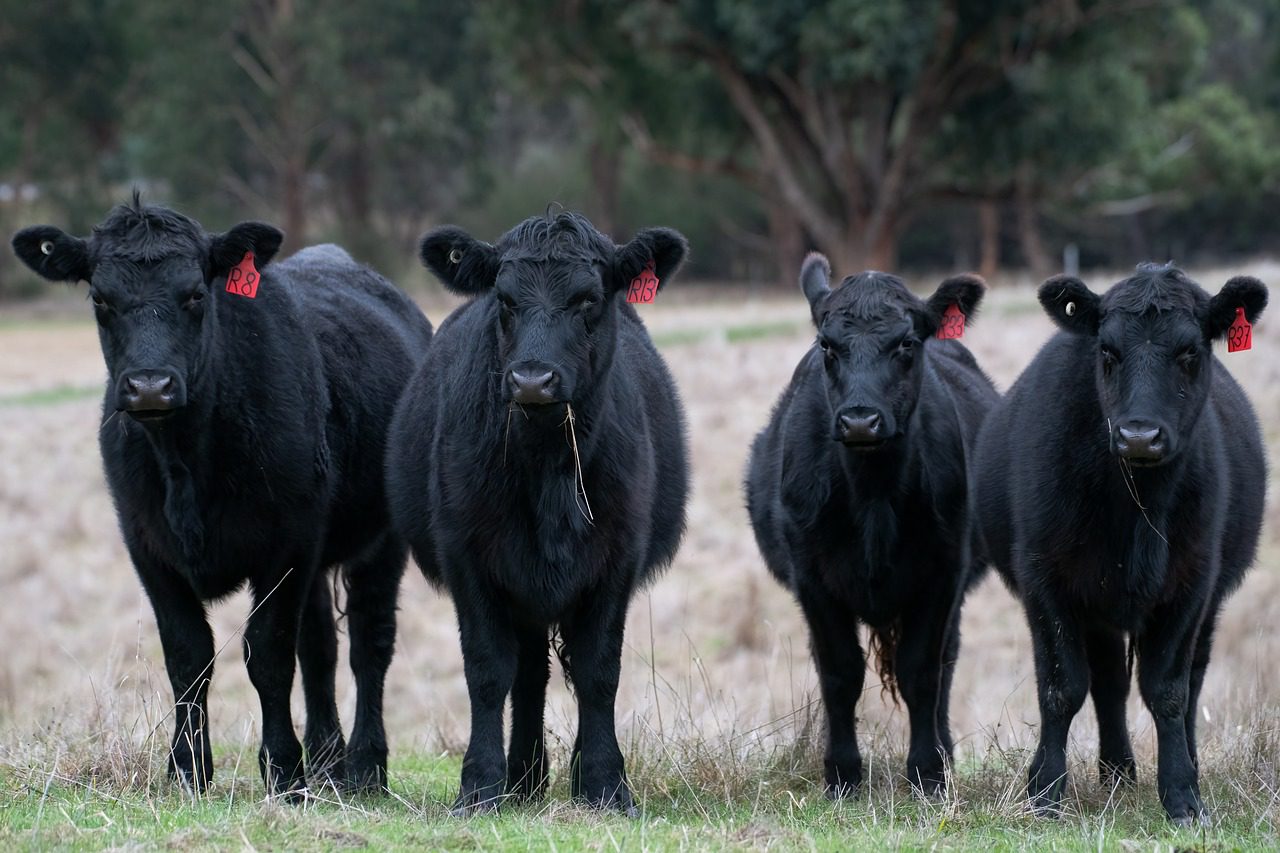A UF/IFAS researchers says more research is needed on grazing-land management for soil carbon storage in the Southeast.
Florida ranchers should listen with skepticism to carbon trade marketers, according to UF/IFAS professor of soil, water, and ecosystem sciences, Maria Silveira. Dr. Silveira reviewed 27 peer-reviewed articles that looked at the effects of grazing-land management on soil carbon sequestration, according to a UF/IFAS blog article. The article maintains that “Soil can store carbon, reducing greenhouse gas concentrations from the atmosphere, and managing grazing lands in the best ways can increase their ability to provide these important ecosystems services.” However, Silveira maintained that there has not been enough research done on the topic in the Southeast. See the details below.
Grazing-Land Management and Soil Carbon Storage
“Grazing lands can store lots of carbon because they’re not disturbed much. You don’t plow under the land every year, like you would on a farm. Also, the vegetation effectively fixes carbon dioxide that comes from the atmosphere,” Dr. Silveira said in the article. However, due to the limited amount of research done on grazing-land management and soil carbon storage in the Southeast, Dr. Silveira shared that “carbon reduction projects presented by those in the carbon market are usually based on models that are not specific to the Southeastern United States.”
The article cautioned that “the viability of voluntary carbon-capture programs as a value-add for ranchers is limited by several factors. Those include the concept of additionality, which implies that carbon sequestration is directly linked to new practices and/or new stored carbon.”
The article identified such new practices as:
- “Grazing intensity — This amounts to the number of animals on a given amount of land over a certain period of time.”
- “Stocking methods — With continuous stocking, animals have unrestricted access to a unit of land during the grazing season. With rotational stocking, one portion of pasture is grazed at a time, while the rest of the pasture rests.”
- “Defoliation regimens — Do you bale the hay or let the animals graze it?”
“We need to preserve grazing-land ecosystems and conduct more research, particularly in the Southeast,” Dr. Silveira advised.
Griffin Fertilizer is committed to helping both growers and ranchers make sound agronomic and economic decisions in order to maximize the health of their grove and pasture. As a full-service custom dry & liquid fertilizer blender and crop protection product distributor, we will continue our mission to further advance Florida agriculture. For questions -or concerns about your farm or pasture, contact us and one of our team will be in touch.

